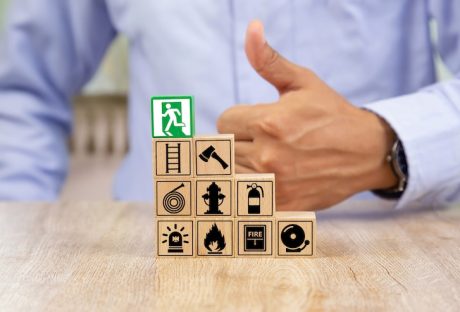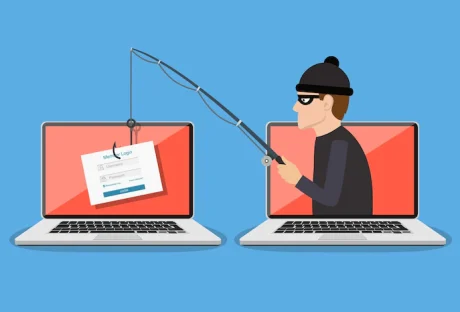As any retail business owner can tell you, it can be a tough industry to work in, especially when the issue of retail theft comes to light. Some small business owners lose a substantial amount of money each year through shoplifting, employee theft, and even through simple administrative errors that go unnoticed. If you want to ensure that your business is a success from the start, take these steps to reduce the chances of any form of theft occurring on your premises.
Set up a state of the art surveillance system:
One ancient camera in the corner may not do much to deter experienced shoplifters. If you want to make it clear to any would-be thieves that you’re serious about catching them in the act, you need the functioning, high-quality CCTV cameras that can keep an eye on every area of your retail store. They should offer crystal clear visuals so you have a sharp image of everything that goes on in your store from every angle, as well as round-the-clock monitoring to ensure that any after-hours theft is caught as easily as it would be in broad daylight.
Educate your employees:
Employees that understand how you monitor theft will be less likely to commit the crime themselves. A surprisingly large percentage of in-store losses occur through in-house employee theft, so it’s crucial that you ensure that your employees understand that if they attempt to steal from your business, they will be caught and the authorities swiftly notified. In many cases, simply calling regular staff meetings in which the management makes it clear how seriously they’re taking the issue will be enough of a deterrent. You can also attempt to pre-emptively avoid the problem altogether by hiring employees with clear criminal records and positive references from past employers.
Use tags and signs as deterrents:
Many shoplifters act on impulse rather than coming in with a premeditated plan to make off with your products without paying. This means that intimidating deterrents like signs and tags can play a significant role in reducing losses within your business. The signs you display should accurately describe the prosecution process a shoplifter would undergo if caught stealing in your store. These should be placed in prominent areas of your store so everyone can see them as they pass through.
Security tags vary in price depending on their sophistication, so you should choose the tags you use depending on the value of your products and the vulnerability of your business to crime. You can target particular products for tagging by evaluating which items are most frequently shoplifted or offer the highest resale value if you don’t want to tag the entire store.
Get security professionals on board:
Uniformed security guards are utilized around the world both as a deterrent to shoplifters and as a way to catch and detain those caught in the act. If your store is struggling with frequent and substantial losses due to either shoplifting or employee theft, then getting a professional security company involved could make a major difference. Choose a company with a strong track record and plenty of experience, with guards that have passed stringent background checks, and consider mixing in plainclothes security officers who may able to spot a shoplifter in a more subtle way.
Read More :























